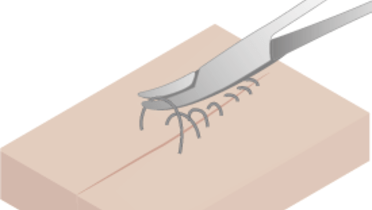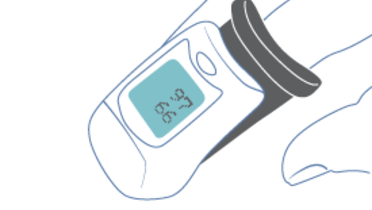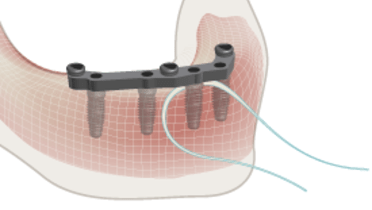-
0
Patient Assessment
- 0.1 Patient demand
- 0.2 Overarching considerations
- 0.3 Local history
- 0.4 Anatomical location
- 0.5 General patient history
-
0.6
Risk assessment & special high risk categories
- 5.1 Risk assessment & special high risk categories
- 5.2 age
- 5.3 Compliance
- 5.4 Smoking
- 5.5 Drug abuse
- 5.6 Recreational drugs and alcohol abuse
- 5.7 Parafunctions
- 5.8 Diabetes
- 5.9 Osteoporosis
- 5.10 Coagulation disorders and anticoagulant therapy
- 5.11 Steroids
- 5.12 Bisphosphonates
- 5.13 BRONJ / ARONJ
- 5.14 Radiotherapy
- 5.15 Risk factors
-
1
Diagnostics
-
1.1
Clinical Assessment
- 0.1 Lip line
- 0.2 Mouth opening
- 0.3 Vertical dimension
- 0.4 Maxillo-mandibular relationship
- 0.5 TMD
- 0.6 Existing prosthesis
- 0.7 Muco-gingival junction
- 0.8 Hyposalivation and Xerostomia
- 1.2 Clinical findings
-
1.3
Clinical diagnostic assessments
- 2.1 Microbiology
- 2.2 Salivary output
-
1.4
Diagnostic imaging
- 3.1 Imaging overview
- 3.2 Intraoral radiographs
- 3.3 Panoramic
- 3.4 CBCT
- 3.5 CT
- 1.5 Diagnostic prosthodontic guides
-
1.1
Clinical Assessment
-
2
Treatment Options
- 2.1 Mucosally-supported
-
2.2
Implant-retained/supported, general
- 1.1 Prosthodontic options overview
- 1.2 Number of implants maxilla and mandible
- 1.3 Time to function
- 1.4 Submerged or non-submerged
- 1.5 Soft tissue management
- 1.6 Hard tissue management, mandible
- 1.7 Hard tissue management, maxilla
- 1.8 Need for grafting
- 1.9 Healed vs fresh extraction socket
- 1.10 Digital treatment planning protocols
- 2.3 Implant prosthetics - removable
-
2.4
Implant prosthetics - fixed
- 2.5 Comprehensive treatment concepts
-
3
Treatment Procedures
-
3.1
Surgical
-
3.2
Removable prosthetics
-
3.3
Fixed prosthetics
-
3.1
Surgical
- 4 Aftercare
回访 - 概述
Key points
- 计划定期回访控制预约,最好是至少每 6 个月一次
- 在患者健康和/或口腔卫生状况受损的情况下,提高回访频率并增加卫生措施
- 评估是否达到了患者预期和提高了生活质量
- 检查软组织和硬组织以及修复组件的状况,提供必需的维护
定期回访控制 - 对长期治疗的成功非常重要
要达到良好的长期效果,必须安排定期回访控制预约。理想情况下,至少每 6 个月安排一次回访预约,对患者的总体健康、药物治疗和口腔状况进行系统的检查。根据患者的积极性和口腔卫生水平,临床医师可以考虑提高回访的频率。
重要回访事项清单
-
- 是否达到了患者预期和提高了生活质量?
- 评估患者的总体健康、患者依从度和口腔卫生状况
- 由牙医、保健师或助理进行专业预防治疗。
- 检查修复体有无松动(脱胶、螺丝断裂或松动)和磨损
- 检查修复体元件有无碎裂和断裂
- 检查种植体覆盖义齿固定元件的功能
- 检查咬合和功能
- 检查有无炎症、感染、肿胀、渗液、化脓、疼痛、流血、牙菌斑、种植体周围炎和/或粘膜炎的迹象
- 根据回访或所存在的相关迹象/症状,以适当的时间间隔拍摄 X 光片
- 检查用药情况,对用药史的更改进行相应更新
- 安排下一次回访
主题
Related articles
问题
问题反馈Int J Dent Hyg. 2011 Aug;9(3):216-22.




shortage in reference
Int J Dent Hyg. 2011 Aug;9(3):216-22.
Int J Dent Hyg. 2011 Aug;9(3):216-22.